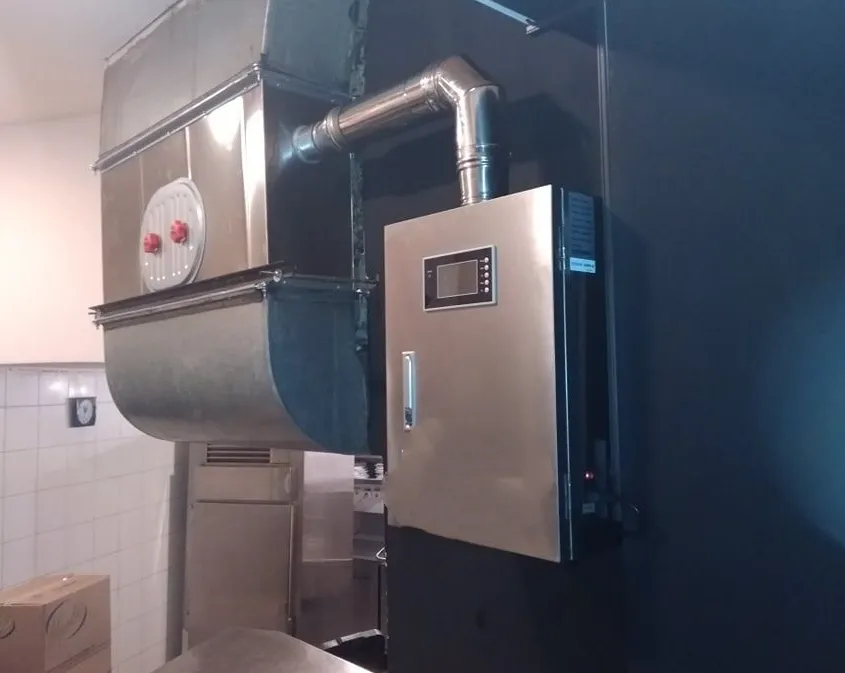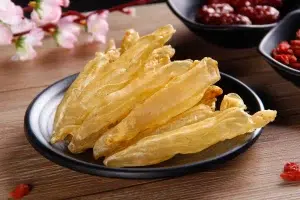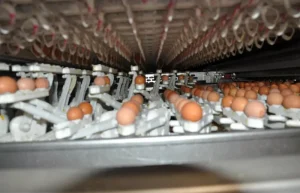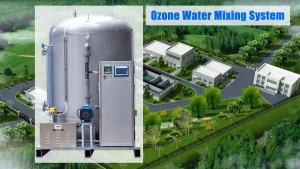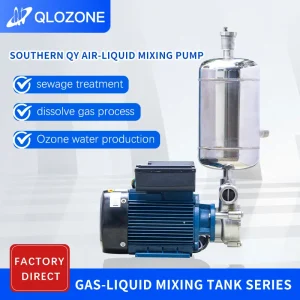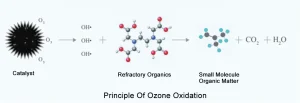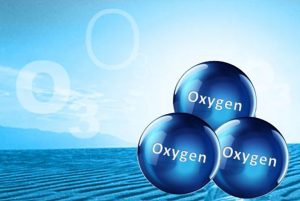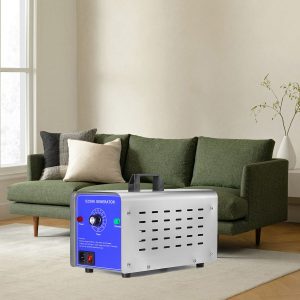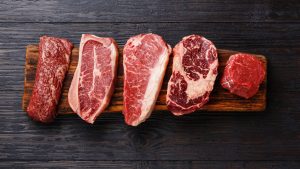Ozone preservation technology
It is a method of applying ozone gas to the cold storage to preserve fruits and vegetables. In the world, ozone has been used in cold storage for nearly a hundred years. In 1909, the French Debotti Refrigeration Plant used ozone to sterilize the cooled meat. In 1928, the Americans established the “Heji Egg Factory” in Tianjin, and its egg beating room was disinfected with ozone. In China, the application of ozone for cold storage and preservation started late. With the improvement of ozone generator manufacturing technology, ozone is more and more widely used in cold storage.
Through the strong oxidation of ozone, it can be used for sterilization, disinfection, deodorization and preservation of cold storage. Because ozone is unstable, it is more advantageous to use it for auxiliary storage in cold storage, because the final product of its decomposition is oxygen, which will not leave harmful residues in the stored food and fruit.
Research shows that ozone has three mechanisms of action in cold storage: one is to kill microorganisms, disinfection and sterilization; The second is to oxidize and deodorize all kinds of odorous organic and inorganic substances; The third is to oxidize the products of metabolism, thus inhibiting the metabolism process and playing the role of quality and preservation.
According to the physical and chemical properties of ozone, it is effective to use ozone for preservation. The test shows that the ozone generator is installed on the wall of the storage room 2 meters from the ground, and it is turned on for 1-2 hours every day. The door of the storage room should be closed as much as possible to maintain and improve the ozone concentration to 12-22 mg/kg, and the indoor humidity should be controlled at about 95%. In the case of high humidity, the sterilization and preservation effect can be greatly improved.
Some studies have shown that ozone can prolong the storage period of fruits, vegetables, beverages and other foods by 3 to 10 times. In practical application, the ozone generator should be installed above the cold storage or blown from bottom to top; The stacking of fruits and vegetables should be conducive to ozone contact and diffusion.
Ozone preservation scheme
1. Raw material selection
Fresh fruits and vegetables should be selected without deterioration, decay and damage.
2. Initial treatment
After picking and storing money, clean fruits and vegetables with ozone water.
Objective: To remove bacteria and pesticide residues from fruit and vegetable epidermis.
Ozone water concentration requirement: 3 mg/l
3. Fresh storage
Fruit and vegetables should be cleaned and stored as clean as possible. The shorter the time, the better. After warehousing, try to avoid personnel entering and ensure the tightness of the warehouse to avoid secondary pollution.
Selection of ozone machine
The ozone machine selected in the cleaning process shall be selected according to the water flow or the volume of the water tank. The ozone machine selected in the warehouse shall reach the 300000 standard according to the volume of the warehouse
Ozone treatment effect
1. Surface sterilization
Ozone is a strong oxidant, as well as a good disinfectant and fungicide, which can kill and eliminate microorganisms and toxins secreted by vegetables and fruits, and has an outstanding performance in removing pesticide residues.
2. Fruit and vegetable preservation
During storage, fruits and vegetables will emit ethylene or carbonic acid gas, which is the fundamental reason for causing physiological changes of fruits and vegetables, leading to early ripening, aging and decay of fruits and vegetables. In order to eliminate the impact of ethylene and carbonic acid gas emitted from the above fruits and vegetables on fruits and vegetables, although there are many preservatives currently used, according to the way of ethylene removal, they can be divided into two types: adsorption type represented by activated carbon and oxidation decomposition type represented by potassium permanganate. Although the removal rate of the former is high, the adsorption will fail after saturation, and there is even the risk of desorption; In view of the disadvantages of the latter, such as slow removal speed and poor fresh-keeping effect, ozone technology stands out.
Ozone can instantly sterilize and disinfect fruits and vegetables with high speed and excellent fresh-keeping function, inhibit the metabolism of fruits and vegetables and the growth and spread of pathogenic bacteria, delay the ripening and aging of fruits and vegetables, promote wound healing, enhance disease resistance, prevent decay and deterioration, and achieve the effects of fresh-keeping, eliminating odor, extending storage time and expanding the scope of outward transportation.
Some studies have shown that ozone can prolong the storage period of fruits, vegetables, beverages and other foods by 3 to 10 times. In practical application, the ozone generator should be installed above the cold storage or blown from bottom to top; The stacking of fruits and vegetables should be conducive to ozone contact and diffusion.


